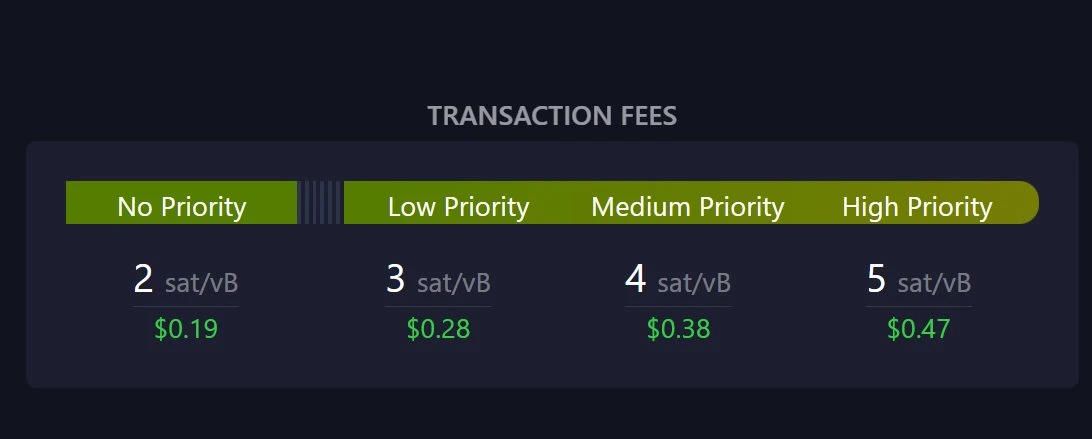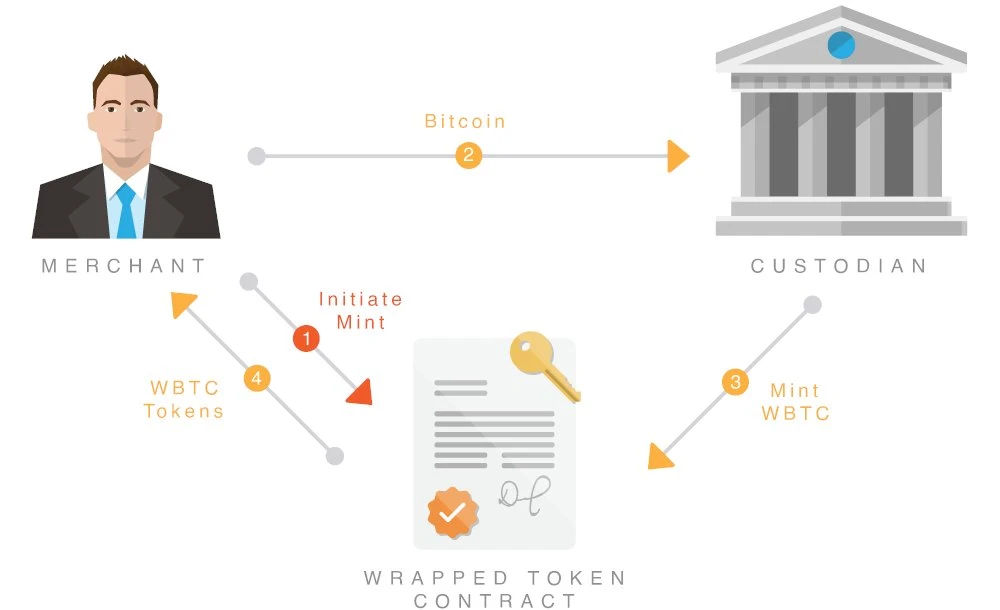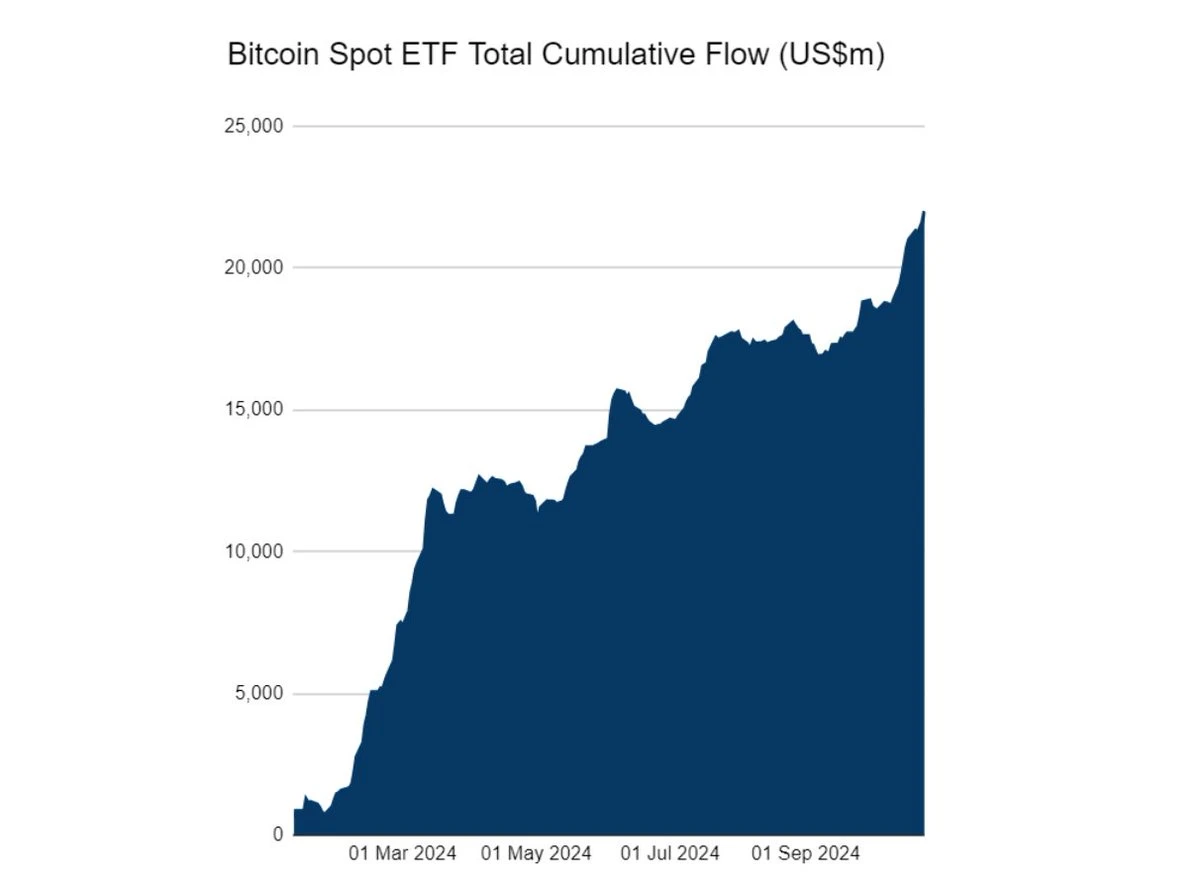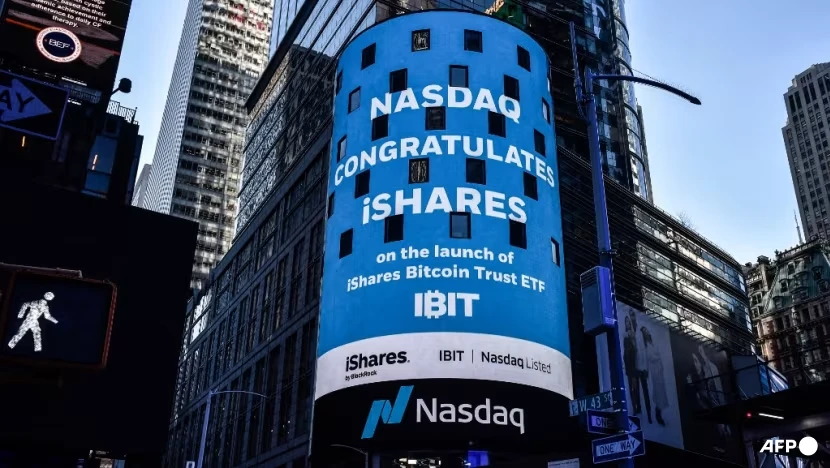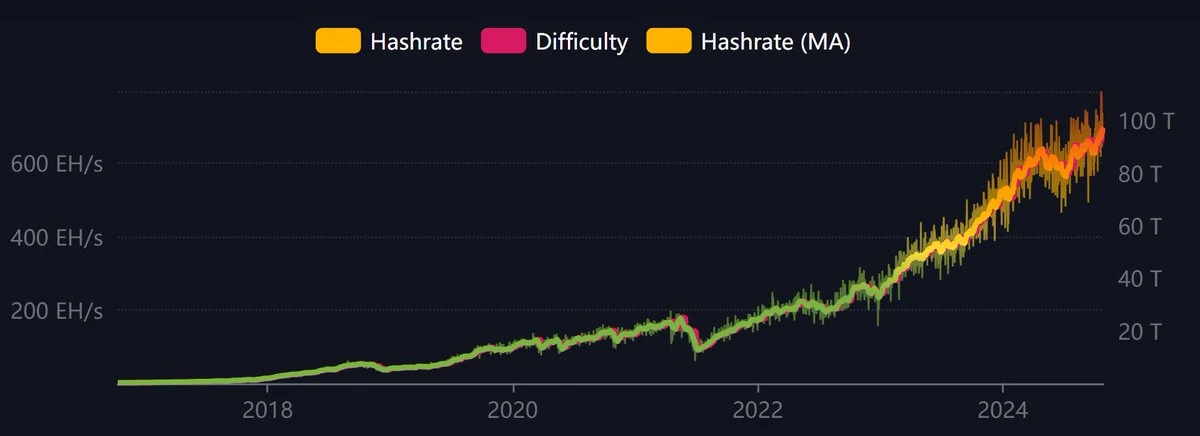جیسا کہ بٹ کوائن دوبارہ $70,000 کو توڑتا ہے، آئیے بٹ کوائن نیٹ ورک کے پوشیدہ خدشات کے بارے میں بات کرتے ہیں۔
Original author: Duo Nine
Odaily Planet Daily کے ذریعہ مرتب کردہ ( @OdailyChina )
ازوما نے ترجمہ کیا @azuma_eth )
Editors note: BTC price broke through the $70,000 mark again this morning, and it seems that everything is moving in a positive direction. However, Duo Nine, the founder of YCC, pointed out a hidden concern of the Bitcoin network. He believes that when the fee structure of the Bitcoin network is changing, the packaged versions of xBTC and derivative investment products such as ETFs in various ecosystems are actually extracting the value of the Bitcoin network and conducting a vampire attack on the Bitcoin network.
Duo Nine believes that this concern may not seem serious for the time being, but it has a tendency to intensify. It may become a cancer cell that develops along with the Bitcoin network and must be taken seriously at this stage.
Although Duo Nine’s attitude towards other ecological packaged tokens has a certain extreme tendency like Bitcoin Maxis, the issues it points out are still worth thinking about.
The following is the original content of Duo Nine, translated by Odaily Planet Daily.
Bitcoin is in trouble.
If changes are not made soon, things may get worse.
I’m not talking about the halving schedule or the block reward, the problem is much bigger than that.
As the Bitcoin network gradually develops, transaction fees will gradually replace block rewards and become the main cost component of the network.
This will be a gradual process that will take decades.
However, a new problem is emerging. This problem is more difficult to predict, but there are already some signs.
The problem has to do with the fact that people don’t really use Bitcoin anymore.
Whenever BTC is wrapped into wBTC, cbBTC, tBTC, kBTC or solvBTC, it means that the original BTC will be placed in a wallet on the network and no operations will be performed.
It no longer moves, which means no more charges.
That value has been transferred to Ethereum or other networks. However, this is just the tip of the iceberg.
As DeFi develops, more and more BTC will be left idle on the native network, and these values will flow out in the form of packaged tokens.
BitGo has wBTC, Coinbase has cbBTC, Kraken has kBTC, Threshold has tBTC… Obviously, this situation will not stop easily.
Ten years from now, there will only be more and more wrapped tokens.
So far this year, 11 Bitcoin spot ETFs have been approved, and so far they have purchased a total of $20 billion worth of BTC.
Where are these BTC? The answer is in the wallets of some custodian service providers, where they are also sitting still.
Investors are actively trading Bitcoin investment products on Nasdaq, but they are trading ETFs, not native BTC.
This is similar to the situation with wrapped tokens, where the value of the native BTC has been abstracted away and has flowed elsewhere.
The question begins to arise: If value continues to flow out, who will pay for the security of the Bitcoin network?
Ethereum? Nasdaq? They certainly won’t.
Under the normal assumption, as the fee structure shifted, users would have continued to transact on the native network, accumulating fees for miners.
However, the reality is that Bitcoin is being locked in a cabinet, its value is being transferred to other chains, or being abstracted into ETFs and other forms.
میں کرپٹوcurrency, we generally describe this situation as a vampire attack!
The so-called vampire attack means that the liquidity and value in a chain or protocol are siphoned and transferred to another chain or protocol along with its users.
Now, Bitcoin attackers are pocketing that value. Congratulations BlackRock, congratulations Coinbase, you are winning!
With custodians like Coinbase currently holding over 2 million Bitcoins, a large amount of BTC has been locked up and gradually forgotten.
Worse still, this situation could result in Bitcoin falling into the hands of a third party.
Satoshi Nakamoto warned us about this problem in the white paper: “As long as there is a third party between you and your BTC, value is lost.”
Whether it is BlackRock, Coinbase, wBTC, or cbBTC, all they provide is just an IOU.
They keep the real BTC and give you a worthless voucher in exchange (if they choose to renege on their promise).
This is a real danger to yourself and the entire Bitcoin network, as the third party may renege on their promises, and the third party may also steal value from the BTC native chain, thereby reducing the security of the Bitcoin network.
Fortunately, this problem is not imminent. The block rewards of the Bitcoin network will remain considerable in the next twenty years.
At the same time, demand for Bitcoin will continue to increase, especially from third parties — who are ready to use Bitcoin for their own benefit.
What should you do about this?
First of all, try to let a third party hold your Bitcoin on your behalf. Relying on a third party goes against the original intention of Bitcoin and also goes against your original intention of purchasing Bitcoin.
The best custodian is always yourself. You should hold your Bitcoin on the native network rather than relying on various third parties.
Second, you should really use the Bitcoin network. With the development of ordinarys and some other emerging use cases, many people are capturing and protecting the value of Bitcoin on its native network. In such an operating mode, the value of Bitcoin will never be abstracted.
Continuing to use the Bitcoin network is the biggest investment in the future of Bitcoin. By using the native network, you can help maintain the security of Bitcoin, and the fees you pay will be used to incentivize miners to protect the network security. As long as the scale of use is sufficient, the switch of fee structure can achieve a seamless transition.
This article is sourced from the internet: As Bitcoin breaks $70,000 again, let’s talk about the hidden concerns of the Bitcoin network
Metrics Ventures, a secondary fund in the crypto market, released its October market observation guide 1/ The market has continued its disorderly consolidation for 6 months. The trading volume has occasionally increased but is still sluggish overall. A small number of altcoins have tried to develop independent trends, but due to the obvious lack of liquidity, most of the attempts have ended in failure. 2/ Although the industry is in a state of chaos comparable to that in mid-2023, what is quietly happening is a fundamental change in the flow of funds on the market and the mentality of participating players, and the on-chain profit effect within the month is already good. In our view, the sector trend split since the beginning of 2024 has been repeatedly confirmed for more…


